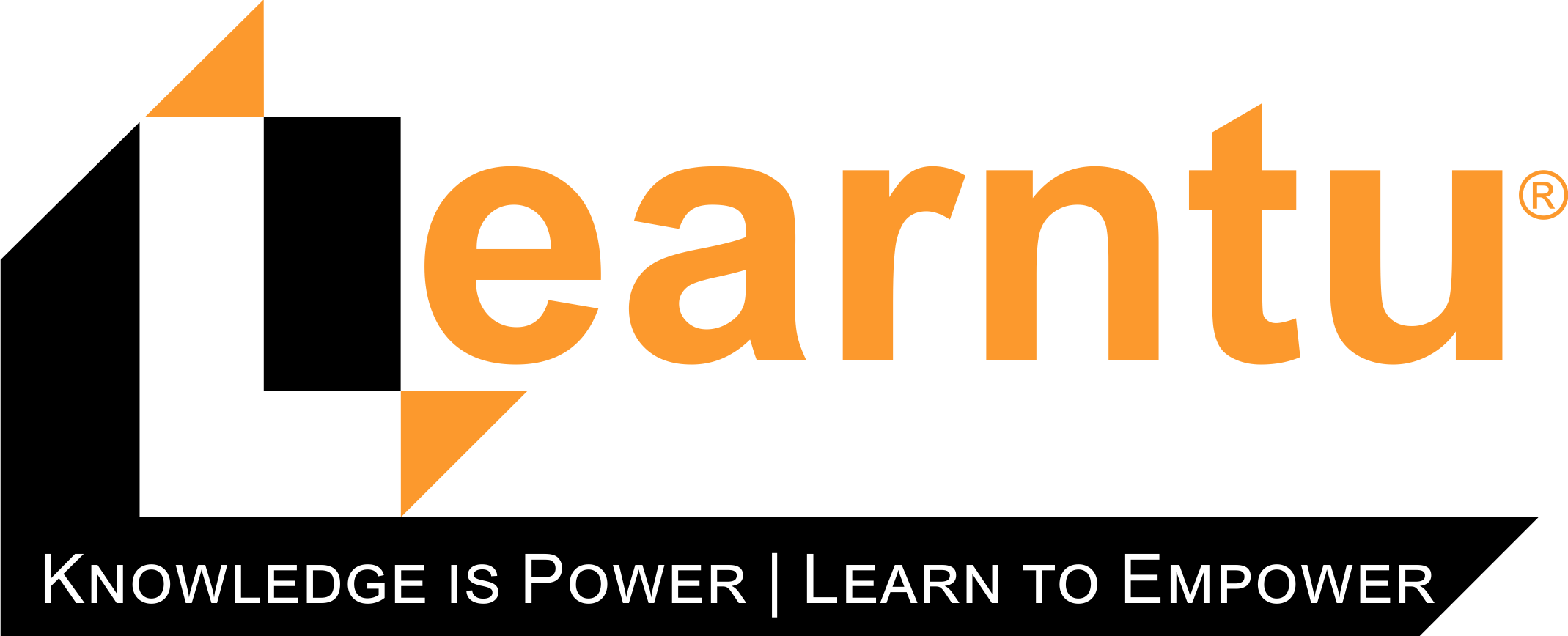Asset management is essential for prioritizing critical technologies and addressing safety concerns before they disrupt operations. Whether you’re new or experienced, managing assets effectively can be challenging.
This course introduces core concepts, terminology, and strategies for developing risk management and evaluating the importance of specific equipment.
Source
As assets drive businesses and various organizations, asset management is a global priority. Modern companies and organizations depend on physical assets to function efficiently, and a strong asset management process helps maximize asset value and align with organizational goals.

